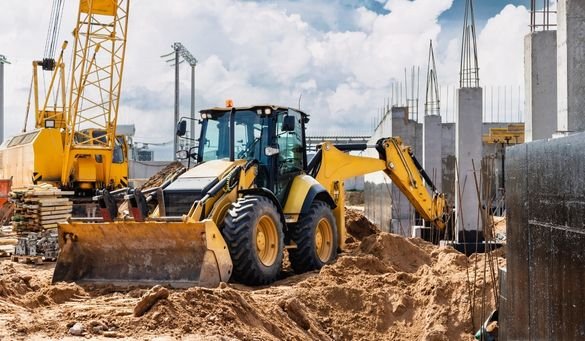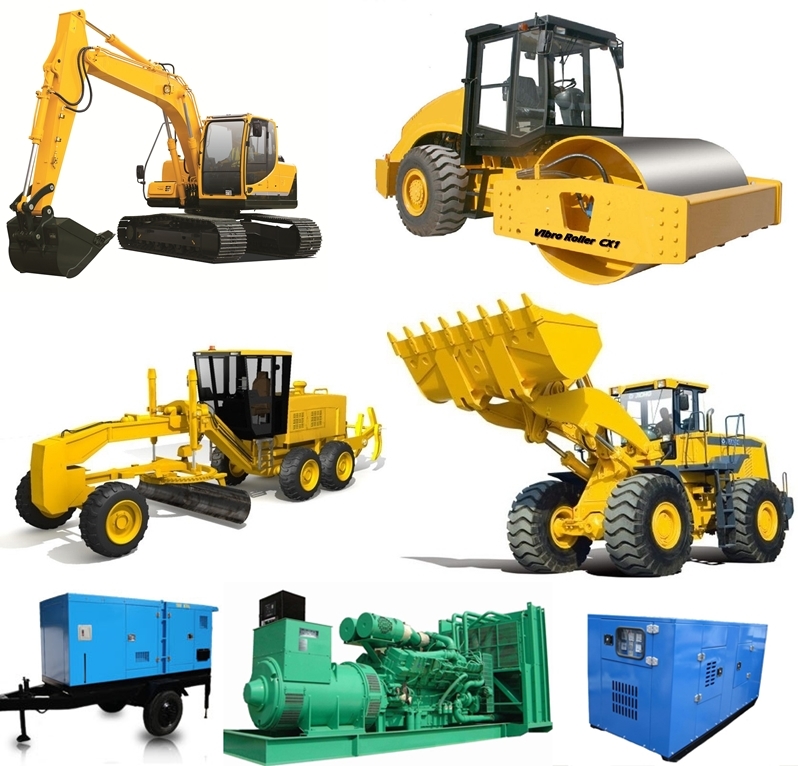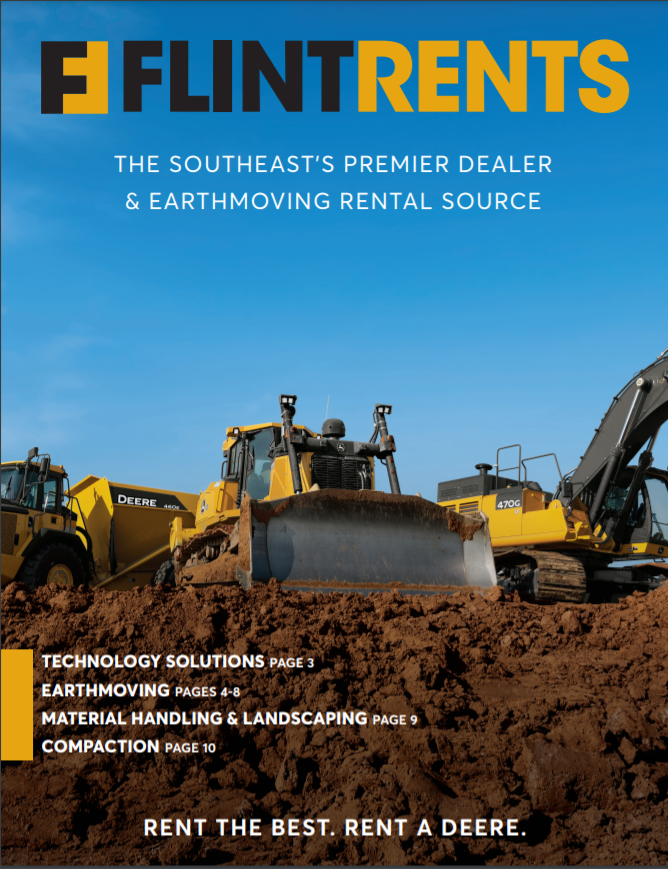Boom Lift Rental: Economical and Reputable Lifts for Any Kind Of Task
Boom Lift Rental: Economical and Reputable Lifts for Any Kind Of Task
Blog Article
Maximize Your Budget by Comprehending the Costs Connected With Building Equipment Rentals
Recognizing the complete extent of expenses linked with building equipment services is critical for optimizing your budget. What methods can be used to properly handle these costs and ensure a much more efficient rental experience?
Summary of Rental Expenses
When considering construction devices services, understanding the connected expenses is paramount for effective budgeting and task planning. Rental expenses can vary substantially based on numerous factors, including equipment kind, duration of leasing, and place. The preliminary rental cost commonly mirrors the equipment's market demand and its connected operational capabilities, affecting the total expenditure.
Along with the base rental rate, ancillary costs may develop, such as transport fees, gas surcharges, and maintenance costs. It is necessary to make up these added costs to accurately examine the overall cost of renting equipment. Furthermore, the rental period can impact pricing; longer leasings may get reduced prices, while temporary rentals could incur greater daily costs.

Breakdown of Rental Prices
A detailed understanding of rental rates is important for contractors and task supervisors aiming to enhance their budgets. Rental prices for building tools normally contain a number of parts, including base prices, time-based fees, and usage charges.
Base rates are the core fees related to the service of the tools, usually determined by the kind and dimension of the machinery. These rates can differ substantially, affected by elements such as tools demand, availability, and regional market trends. Time-based costs, which may be daily, weekly, or monthly, serve to accommodate different project timelines and rental durations.
In addition, rental rates may include usage fees, which are suitable when tools is utilized past a defined threshold, making certain that the rental company can account for damage. Seasonal need fluctuations can also affect rental prices, with peak construction seasons commonly commanding greater rates.
Moreover, understanding the rental company's policies concerning maintenance and insurance coverage can offer more understanding into the overall price structure. By analyzing these elements, professionals can make educated choices, making sure the choice of rental devices lines up with both task requirements and budget restrictions.
Extra Fees to Take Into Consideration
Comprehending the intricacies of extra charges is crucial for service providers to handle their total rental expenditures effectively. Past the conventional rental rates, numerous auxiliary charges can dramatically affect the total price of tools service. These costs commonly include distribution and pickup costs, which can differ based on distance and logistics entailed in carrying the tools to and from the job site.
Furthermore, some rental firms may impose gas surcharges if the devices is returned with less gas than when rented. It is also important to recognize prospective cleansing fees, especially for customized equipment that requires detailed upkeep after usage.

Thoroughly assessing the rental contract and clarifying these additional costs upfront can aid specialists avoid unforeseen costs and guarantee that budget plans stay undamaged throughout the project lifecycle.
Maintenance and Repair Service Expenses
Normal upkeep and repair expenditures are often overlooked elements that can substantially influence the total expense of building tools rentals. When leasing equipment, it is essential to think about not only the rental charges but likewise the potential prices linked with maintaining the equipment in optimal operating problem.
Many rental firms include standard upkeep as part of the rental arrangement; however, more unexpected malfunctions or substantial fixings can bring about extra expenses. It's vital to examine the rental contract very carefully to understand what upkeep services are covered and what obligations drop on the renter.
Additionally, tools that is not properly maintained can bring about inefficiencies at work website, potentially increasing and causing hold-ups project expenses. To minimize these threats, it is advisable to carry out routine evaluations and keep open interaction with the rental provider relating to any issues see here that develop during usage.
Insurance Policy and Obligation Expenses
Insurance coverage and obligation prices are essential parts that can substantially impact the overall expenditure of building and construction tools services (mini excavator rental). These expenses make certain that both the rental firm and the client are secured from potential economic losses arising from crashes, damages, or burglary throughout the rental period

Furthermore, customers must understand any type of deductibles or exclusions in the insurance plan, as these can influence potential out-of-pocket expenditures. Comprehending the conditions of any kind of insurance explanation policy coverage is important to avoid unforeseen expenses. Inevitably, budgeting for insurance and obligation expenses can aid ensure a smoother rental experience and shield against financial risks related to building tasks.
Final Thought
In final thought, a thorough understanding of the costs connected with construction equipment rentals is necessary for efficient budget plan administration. Ultimately, informed decision-making relating to equipment services adds to the general success of building ventures.
Rental prices can differ significantly based on numerous factors, consisting of devices type, period of rental, and location (scissor lift rental). The rental duration can affect pricing; longer rentals may certify for discounted prices, while short-term leasings might sustain greater day-to-day fees
By performing complete research study and involving with trusted rental firms, service providers can properly navigate the complexities of rental prices, ultimately optimizing their economic sources.
Past the typical rental rates, different supplementary fees can dramatically influence the overall price of devices leasing. Rental firms frequently give liability insurance that covers injuries to third celebrations or damage to residential property, while equipment damages insurance policy can cover the cost of repairs or replacement if the leased equipment is damaged.
Report this page